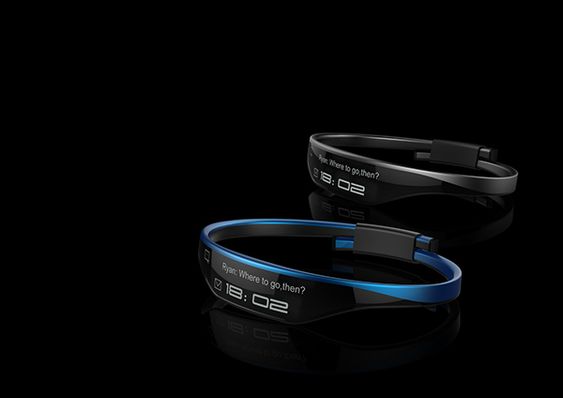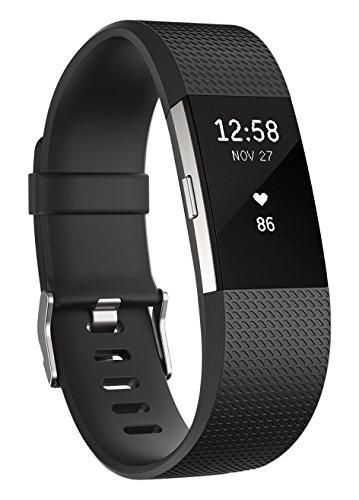Control Insulin Production With Wearables Such As Smartwatches
We live in a time where human beings are leveraging the advancement of technology to get quick solutions to certain problems. For instance, before this time, hospitals used to be ideal places to determine simple things like measuring your heart rate.

However, many efforts are being geared towards discovering how to carry out simple medical tests with wearables such as smartwatches. The possibility of smartwatches delivering such a great wonder can be attributed to the fact that they all have built-in LEDs. The integrated LEDs emit green light that can easily penetrate the skin.
In light of these discoveries, some researchers are working assiduously towards finding a much easier way to control insulin production. The researchers believe if LEDs’ green light can penetrate the skin, as in the case of smartwatches, they can also do the same to achieve their goals.
Basically, the ETH team of researchers from the Department of Biosystems Science and Engineering in Basel, led by Martin Fussenegger, is working on how to cause cellular changes via the skin to achieve this feat.
Although the team acknowledges the uncertainty of getting the green light to interact with human cells as a huge hurdle, they believe introducing a molecular switch that can be implanted into human cells will make this work.

The molecular switch contains genes that can equally produce insulin. The green light from the smartwatch is so important, especially for the activation of the molecular switch. This means you can cause insulin production by turning on the green light, vice versa.
Although the research went exactly as planned, this discovery might take a little longer for its full adoption because the cells for each molecular switch must come directly from the actual user.
